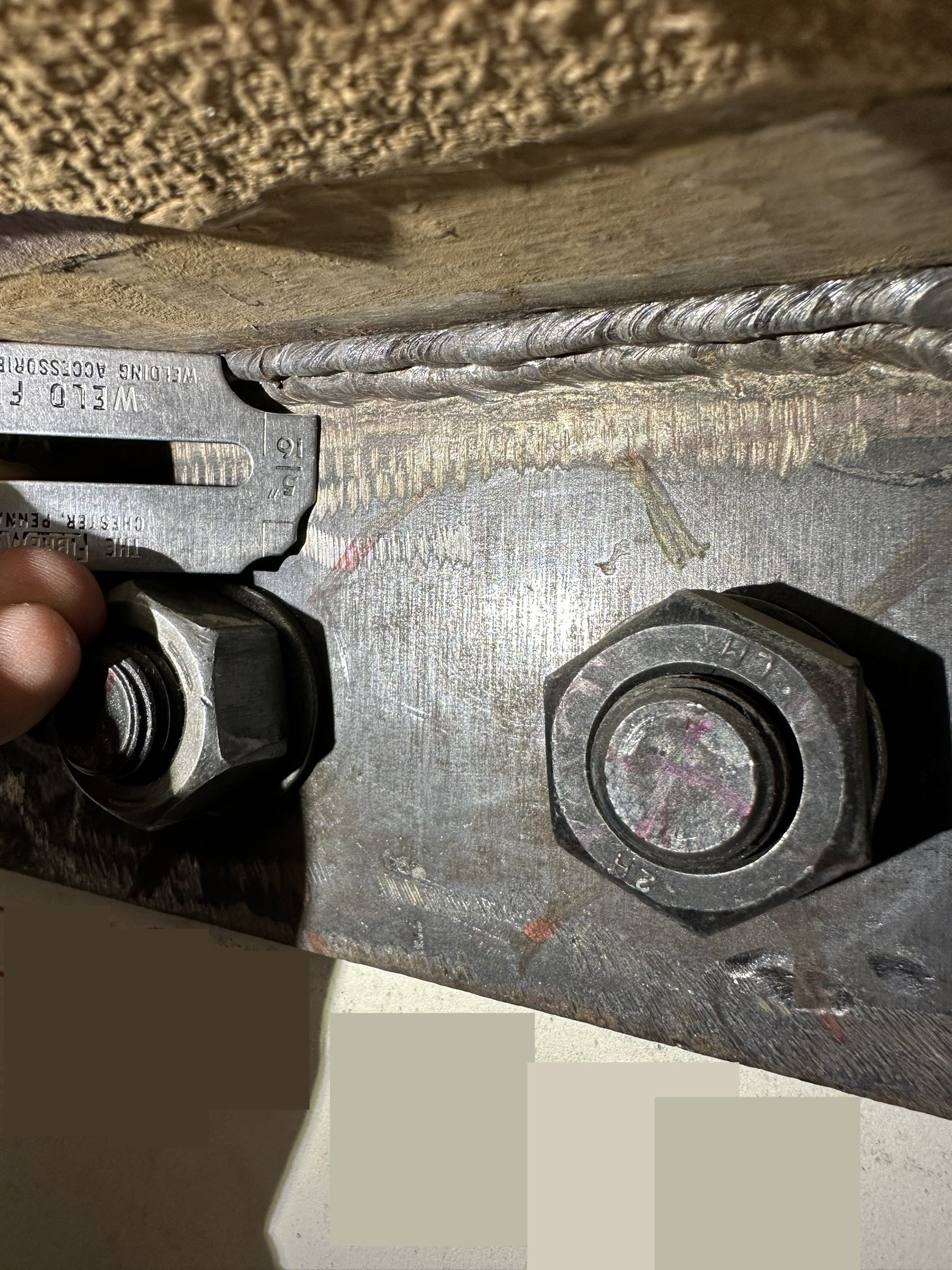Maximize Welding Integrity: Trust Fund Our Inspection Service
Revealing the Diverse Variety Of Welding Services and Their Advantages
As markets continue to require and advance precision in their manufacturing processes, the importance of welding services has come to be increasingly pronounced. From the convenience of arc welding to the effectiveness of MIG welding, and the complex job achieved through TIG welding to the precision of laser welding, the selection of welding methods offered is vast. Each method brings its own set of applications and advantages, providing to a variety of demands throughout numerous sectors. Understanding these varied welding services and their benefits can provide valuable insights into optimizing fabrication processes and achieving superior outcomes.
Types of Welding Services
One common kind is MIG welding, additionally recognized as Gas Steel Arc Welding (GMAW), which uses a wire electrode to sign up with steels together. An additional widely made use of approach is TIG welding, or Gas Tungsten Arc Welding (GTAW), which makes use of a non-consumable tungsten electrode to develop a precise and tidy weld.
In addition, there is Stick welding, or Protected Metal Arc Welding (SMAW), which is understood for its simpleness and efficiency, particularly in outside or gusty problems. There is Flux-Cored Arc Welding (FCAW), which is a flexible procedure suitable for thick products and can be used in both automatic and semi-automatic applications.
Benefits of Arc Welding
Arc welding uses a wide range of benefits that provide to numerous industrial demands and requirements. Additionally, arc welding is recognized for its high welding rates, which can considerably boost productivity in making processes.
Another key benefit of arc welding is its capacity to develop strong and resilient welds. The warmth produced throughout the process aids to produce a metallurgical bond in between the base metals, resulting in welds that are able to hold up against high levels of stress and anxiety and pressure. Arc welding likewise creates specific and clean welds, reducing the demand for added finishing work. In general, the benefits of arc welding make it a useful device for different sectors aiming to attain top quality welds effectively.
Advantages of MIG Welding
With a concentrate on efficiency and resilience in welding processes, MIG welding presents a distinct collection of benefits that match the adaptability and stamina discovered in arc welding. MIG welding, or Gas Metal Arc Welding (GMAW), is known for its rate and simplicity of use. The process involves feeding a cord electrode via a welding weapon, which is then melted and made use of to sign up with the base materials together. Among the key benefits of MIG welding is its high welding rates, making it a favored choice for tasks that need quick turn-around times.
Furthermore, MIG welding produces tidy welds with minimal splatter, lowering the requirement for comprehensive cleaning after the welding process. The versatility of MIG welding permits welding a wide variety of materials, consisting of aluminum, stainless-steel, and moderate steel. This adaptability makes MIG welding appropriate for various markets, from automotive to building.
Furthermore, MIG welding is recognized for its high deposition rates, indicating more product can be transferred in a shorter quantity of time contrasted to other welding procedures. This results in enhanced efficiency and cost-effectiveness for tasks that require big quantities of welds. Overall, the benefits of MIG welding make it a beneficial method for accomplishing long lasting and reliable welds throughout go to this site different applications.

Checking Out TIG Welding Advantages
TIG welding, also called Gas Tungsten Arc Welding (GTAW), provides a distinctive set of advantages that cater to accuracy and control in welding applications. One of the primary advantages of TIG welding is its capacity to create top quality, tidy welds without the need for filler product. This makes it perfect for welding slim materials where appearances and precision are critical, such as in the aerospace and vehicle sectors. check these guys out Furthermore, TIG welding gives outstanding control over the warmth input, resulting in very little distortion of the work surface.
Additionally, TIG welding can be used on a broad array of steels, including stainless steel, titanium, copper, and light weight aluminum, making it a functional option for various welding tasks. The procedure likewise allows for welding in numerous settings, offering adaptability in difficult welding scenarios.
Advantages of Laser Welding

An site additional advantage of laser welding is its versatility in dealing with a wide variety of products, including metals, plastics, and also different materials. This versatility makes laser welding appropriate for diverse markets such as automobile, aerospace, electronic devices, and medical tools. The non-contact nature of laser welding additionally reduces contamination, making it a ecologically pleasant and clean welding approach.
Moreover, laser welding enables detailed and complex weld geometries that might be challenging to accomplish with traditional welding methods. This capacity opens up new layout possibilities and enables the production of lighter and more ingenious parts - Welding Inspection Service. Overall, the benefits of laser welding make it a preferred option for numerous production applications seeking high accuracy and performance
Conclusion

Arc welding supplies long lasting and strong welds, while MIG welding supplies performance and adaptability. TIG welding makes sure tidy and precise welds, and laser welding provides high accuracy and rate.
From the convenience of arc welding to the performance of MIG welding, and the detailed job achieved through TIG welding to the precision of laser welding, the range of welding strategies offered is large. One common kind is MIG welding, also recognized as Gas Steel Arc Welding (GMAW), which uses a wire electrode to join metals with each other. In addition, arc welding is understood for its high welding speeds, which can significantly raise efficiency in making processes.With an emphasis on performance and resilience in welding processes, MIG welding provides a distinct collection of advantages that enhance the flexibility and toughness discovered in arc welding.TIG welding, additionally known as Gas Tungsten Arc Welding (GTAW), uses a distinctive collection of advantages that provide to accuracy and control in welding applications.